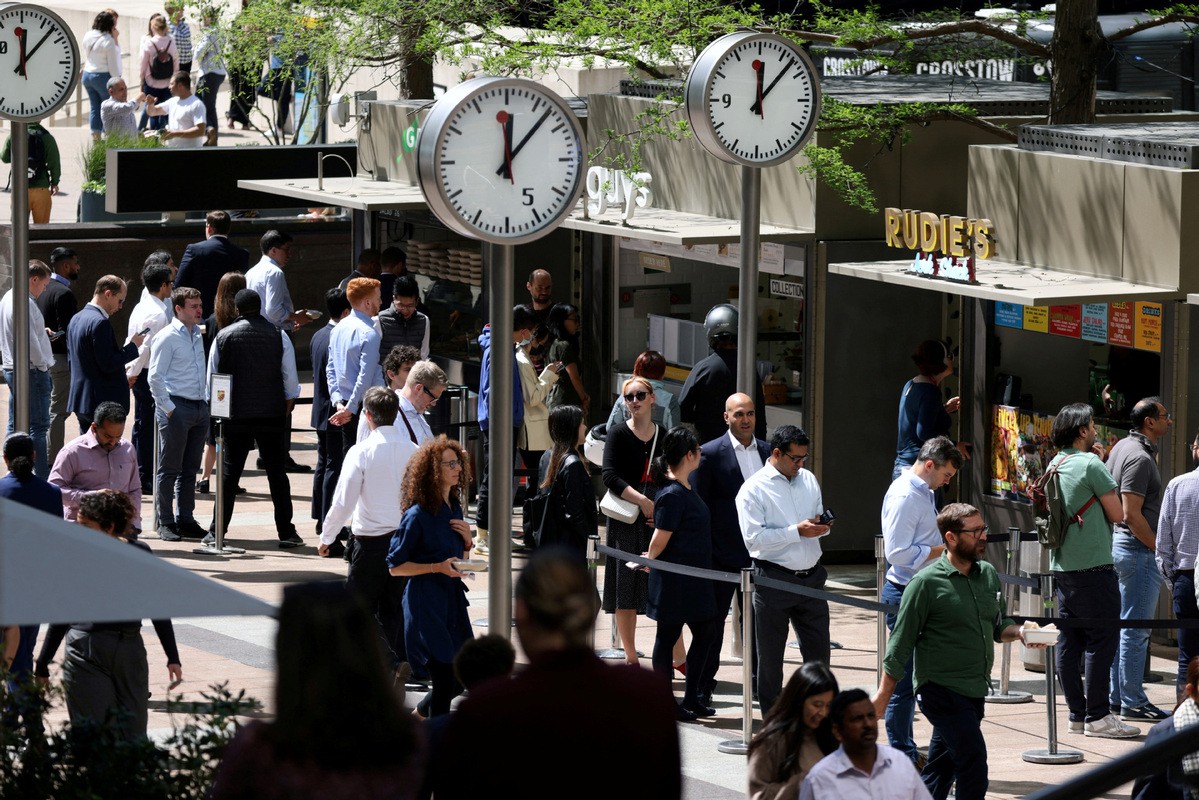UK Labour Market Cools as Wage Growth Slows and Unemployment Rises

The UK labour market continued to show signs of cooling in early 2025, as wage growth slowed, unemployment edged higher, and job vacancies declined, according to official figures released on Tuesday.
Data from the Office for National Statistics (ONS) revealed that the employment rate stood at 75.0% in the first quarter of 2025—slightly above the same period last year. However, the unemployment rate also rose year-on-year, reflecting a softening labour environment.
The number of employees on UK company payrolls fell by 47,000 between February and March, with early estimates indicating a further drop of 33,000 in April. As of last month, the total number of payrolled employees stood at 30.3 million.
Wage growth continued to moderate. Average weekly earnings, excluding bonuses, rose by 5.6% in the three months to March compared to the same period a year earlier, down from 5.9% in the previous quarter. Including bonuses, total pay increased by 5.5% year-on-year. Adjusted for inflation, real regular pay grew by 1.8%.
Job vacancies declined by 42,000 in the three months to April, marking the 34th consecutive quarterly drop. The total number of vacancies now stands at 761,000—slightly below pre-pandemic levels.
Economists attribute the labour market slowdown to several factors, including recent hikes in payroll taxes and an increase in the national minimum wage. The retail and hospitality sectors were particularly affected, with notable job cuts in March and April.
Despite the signs of easing labour demand, analysts warned that wage growth remains relatively high, complicating the Bank of England’s efforts to curb inflation.
Earlier this month, the Bank of England lowered its benchmark interest rate by 0.25 percentage points to 4.25%. However, policymakers have indicated that further rate cuts will require clearer evidence of sustained inflation reduction.
The ONS also reported improvements in its Labour Force Survey methodology, though response rates remain below pre-pandemic levels—limiting the detail and precision of some estimates.
Analysts suggest the labour market’s cooling trend reflects both domestic policy shifts and broader global economic uncertainties, which continue to weigh on business confidence.















तपाईको प्रतिक्रिया दिनुहोस